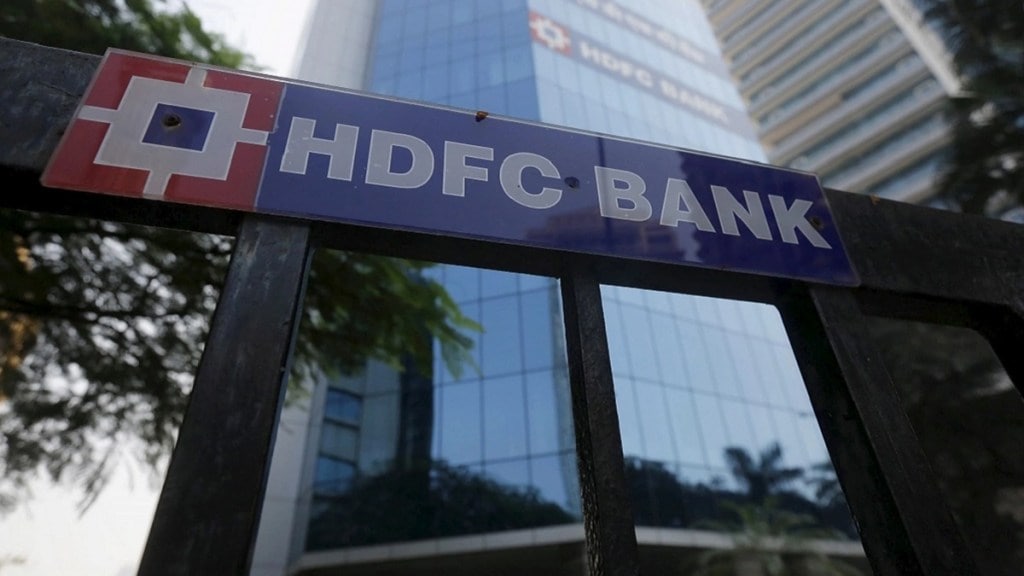In a relief to HDFC Bank and HDFC, the Reserve Bank of India (RBI) has allowed the bank to meet priority sector lending requirements post the merger with HDFC in a gradual manner, up to three years.
The RBI said the adjusted net bank credit may be calculated considering one-third of the outstanding loans of HDFC as on the effective date of the merger for the first year. The remaining two-thirds of the portfolio of HDFC will be considered over a period of next two years equally, the lender informed the exchanges on Friday.
Under the current rules, a banking entity needs to lend 40% of the adjusted net bank credit to the so-called priority sector or economically weaker sections such as agriculture, micro-enterprises and other economically weaker sections.
However, HDFC Bank will have to comply with regulatory requirements for cash reserve ratio (CRR), statutory liquidity ratio (SLR) and liquidity coverage ratio (LCR), without exceptions, post the merger of HDFC. According to analysts, this might impact the merged entity’s profits for the first year of operations. Currently, SLR is at 18% and CRR 4.5%.
While announcing the merger of HDFC twins in April last year, HDFC chairman Deepak Parekh said HDFC Bank had requested Reserve Bank for a phased-in approach in respect of SLR and CRR, priority sector lending and grandfathering of certain assets and liabilities and in respect of some of its subsidiaries.
“HDFC Bank shall continue to comply with extant requirements of CRR, SLR and LCR from the Effective Date without exceptions,” as per the exchange filing.
On Friday, market regulator Securities and Exchange Board of India (Sebi) approved the proposed change of controlling stake in HDFC AMC to HDFC Bank as part of the scheme of amalgamation.
Termed the biggest transaction in India’s corporate history, HDFC Bank on April 4, 2022, agreed to take over the biggest housing finance company. The deal has had to get approvals from six regulators. These include RBI, Sebi, IRDAI, PFRDA, CCI and NCLT.
Among other measure, the RBI has allowed investments including subsidiaries and associates of HDFC, to continue as investments of HDFC Bank. It has also permitted HDFC Bank or HDFC to increase the shareholding to more than 50% in HDFC Life Insurance Company and HDFC ERGO General Insurance Company prior to the Effective Date.
Also, the RBI has permitted HDFC Bank to continue holding HDFC stake in HDFC Education and Development Services Private for a period of two years from the Effective Date and in HDFC Credila Financial Services, subject to the shareholding being brought down to 10% within two years from the Effective Date and not onboarding any new customers.
HDFC Bank will also conduct a one-time mapping of all borrowers of HDFC for setting benchmark rates and spreads. All retail, MSME and other floating rate loans sanctioned by HDFC would be linked to appropriate benchmark within six months from the effective date, the bank said.
When asked whether the interest rate on existing home loans taken by HDFC customers will be raised, HDFC Bank CFO Srinivasan Vaidyanathan said: “At any time we think about the customer’s point of view, the interest rate cannot be at a detriment to the current, otherwise the customer has got a chance to exit and refinance anywhere else. So, it would be competitive for the customers and our goal would to be continuing the relationship and go forward with it.”
In addition, “based on the list submitted by HDFC, RBI has permitted loan against shares for promoter contribution/in excess of `20 lakh to the individuals, to continue for its existing duration/maturity,” the bank said.
The bank added that subsequent to the effective date, the asset classification of accounts in the books of HDFC Bank will be as per the norms applicable to banks. The bank may engage with the RBI for certain clarifications in respect of the said letter dated April 20, 2023. The bank will also approach the RBI with the crystalised amounts of the liabilities as of the effective date.
The merger is expected to be completed by July, 2023.

